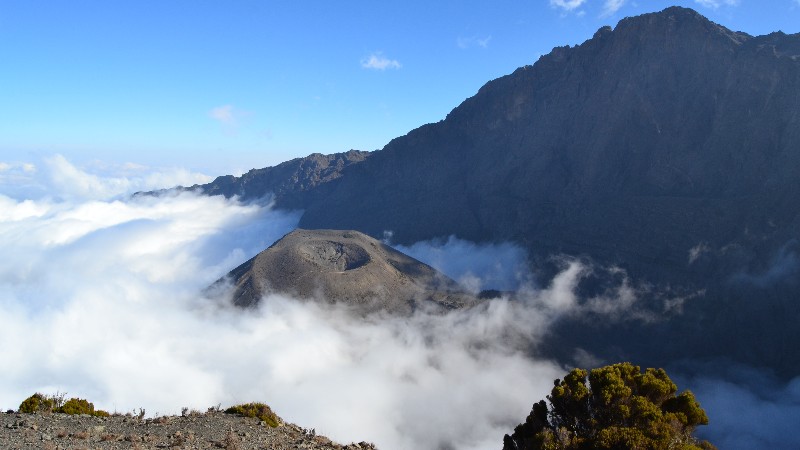
Arusha National Park
Northern Tanzania
Discover the iconic Arusha National Park, Tanzania
This beautiful Park has often been called a "little germ" and rightly so. It is only ½ an hour by tarmac road from Arusha town, the safari center of Northern Tanzania. With mountains, valleys, lakes, and small plains clothed in green, it has a wonderful feeling of peace and solitude. It is dominated by Mount Meru, which at 4,566 m (14,980 ft) is the 5rd highest free standing mountain in Africa.
This second highest mountain in Tanzania offers unforgettable experience and serves as acclimatization refuge before climbing Mount Kilimanjaro.
Destination Map
What are the main attractions of the Arusha National Park?
Black and white colubus monkey
Arusha National Park is a home for these acrobatic Black and White Colobus Monkey. These species contributes into visitors experience during the Park visit because they can easily be spotted. Other animals includes Buffalos, Warthogs and Giraffes.
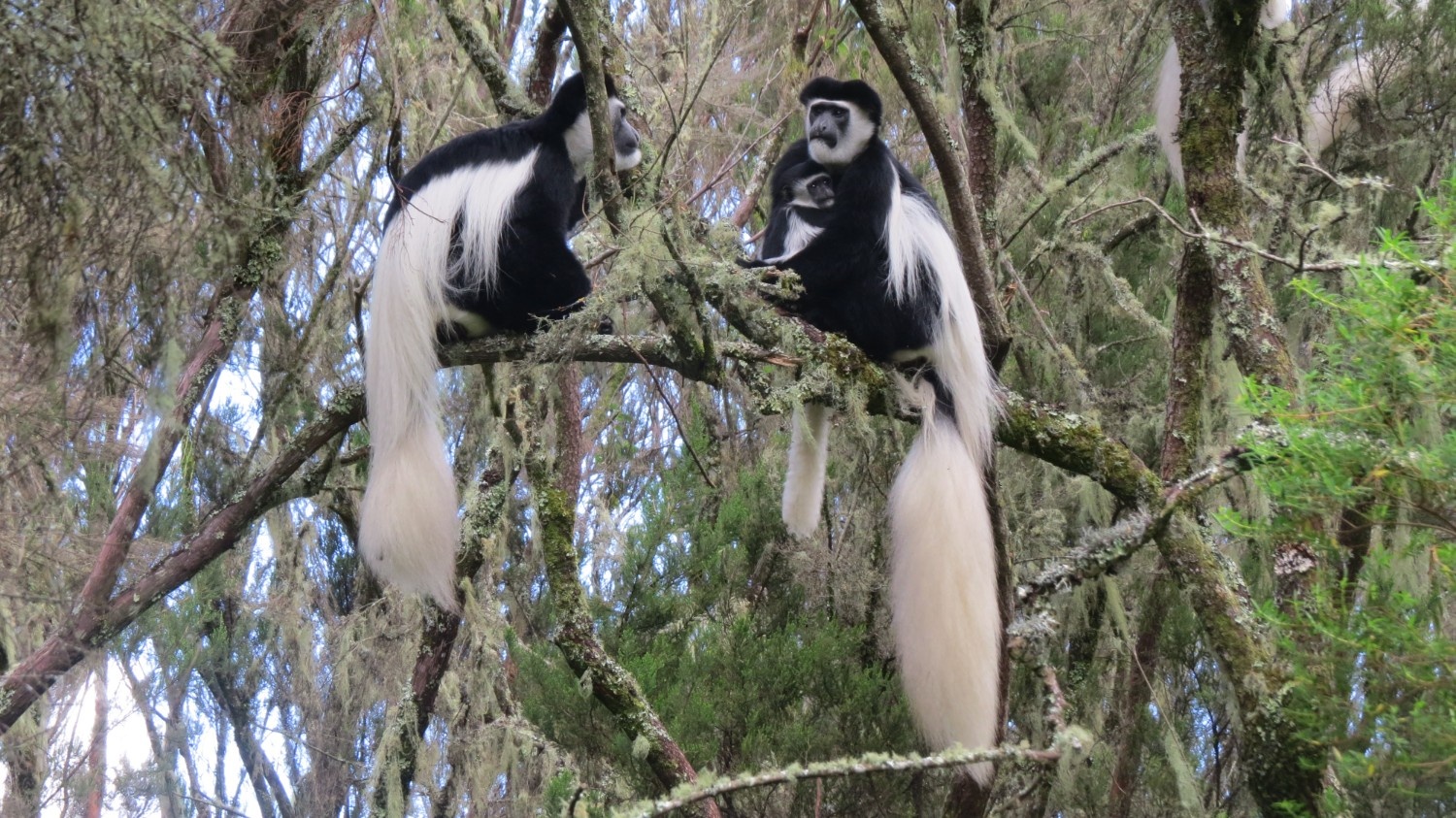
Mount Meru
The park holds a second highest mountain in Tanzania providing a good chance of exploring mountainous habitats inhabited with different animal and plants species which are differently from those found in lowland.
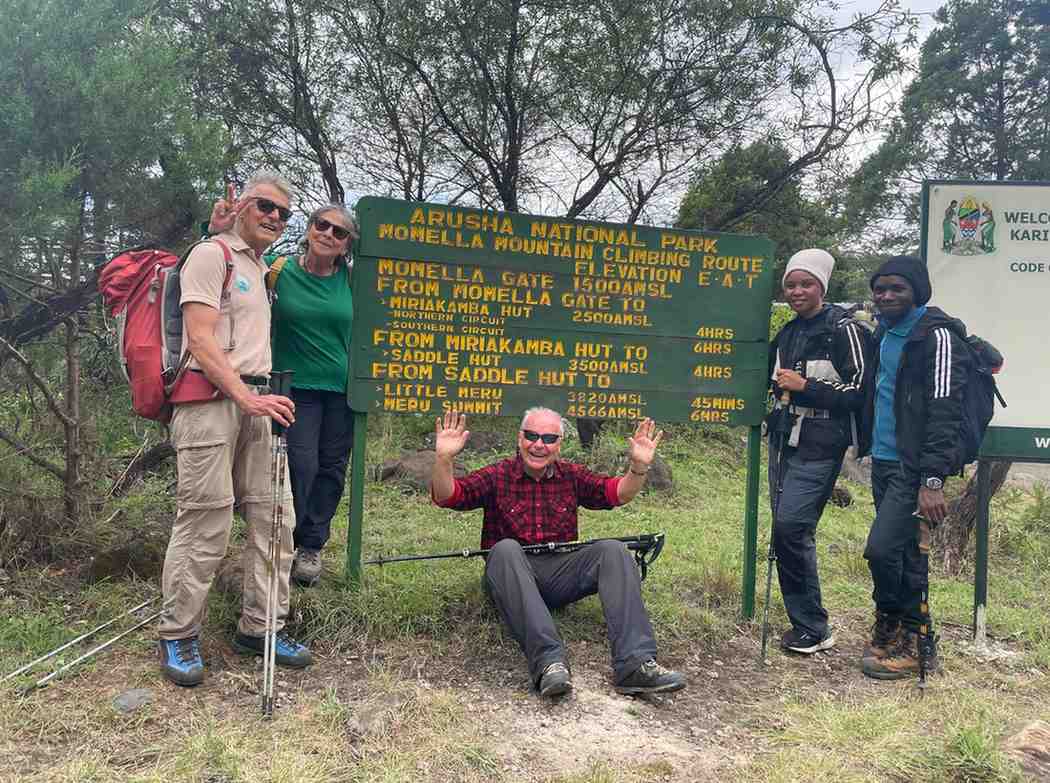
Ngurdoto and Meru Craters
This pear-shape Ngurdoto resembling just like a miniature of Ngorongoro crater comprises of five viewing points of mikindu, the Rock, Buffalo, the glade and Leitong being the highest point. From this point the snowy peak of Mt. Kilimanjaro, Momella lakes and lower slope with human settlement can be easily seen
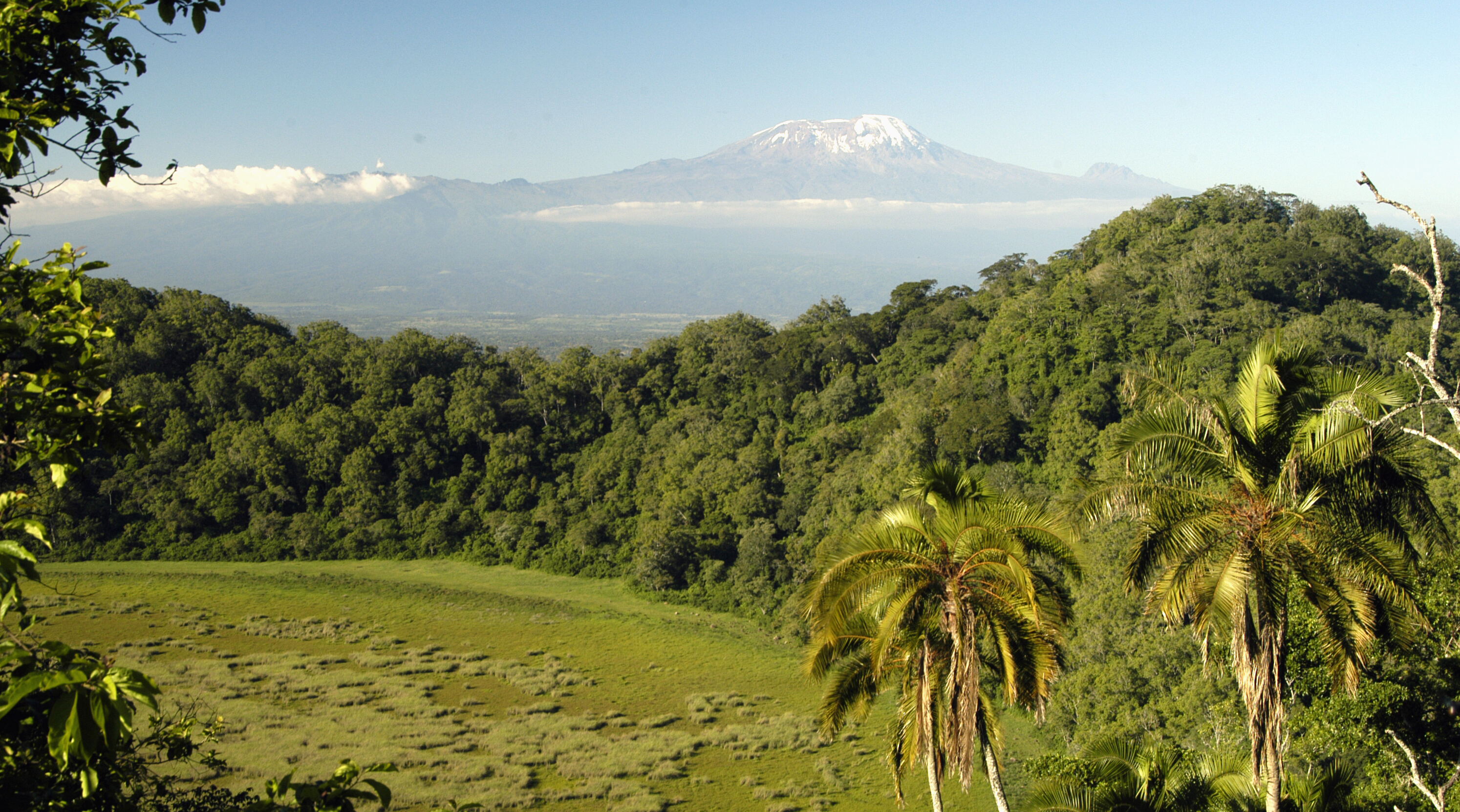
Tululusia Hill and waterfall
Tululusia hill meaning “lookout point” is a view point that provides an excellent view of the lower areas of Arusha National Park, Mount Meru and the majestic Kilimanjaro.
Tululusia Waterfall found on a narrow sided valley formed as a result of erosion of a soft volcanic soil leaving behind a steep gorge with the height of 28m (84ft). It’s a home of nesting Red-winged Starlings and having a chance of getting your photos around this natural environment are usually spectacular.

Activities in the Arusha National Park
Walking Safari
Arusha National Park is a great place for walking, and a place where one can enjoy natural forests in comfort because of the cool climate. Hiking has to be arranged at one of the 2 Gates. A fee is payable and any walk has to be accompanied by an armed Ranger.
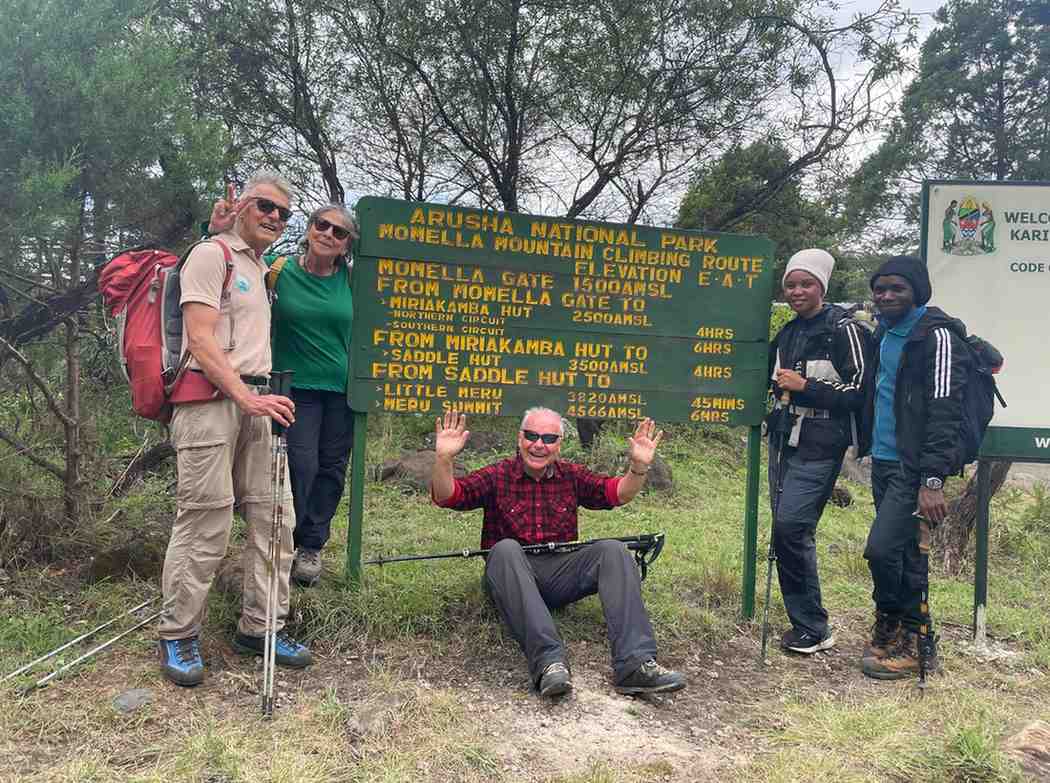
Canoeing
Canoeing is possible by prior arrangement on Small Momella Lake, with buffao, giraffe, bushbuck, water buck and hippo often seen. Wading and water birds are of course common.
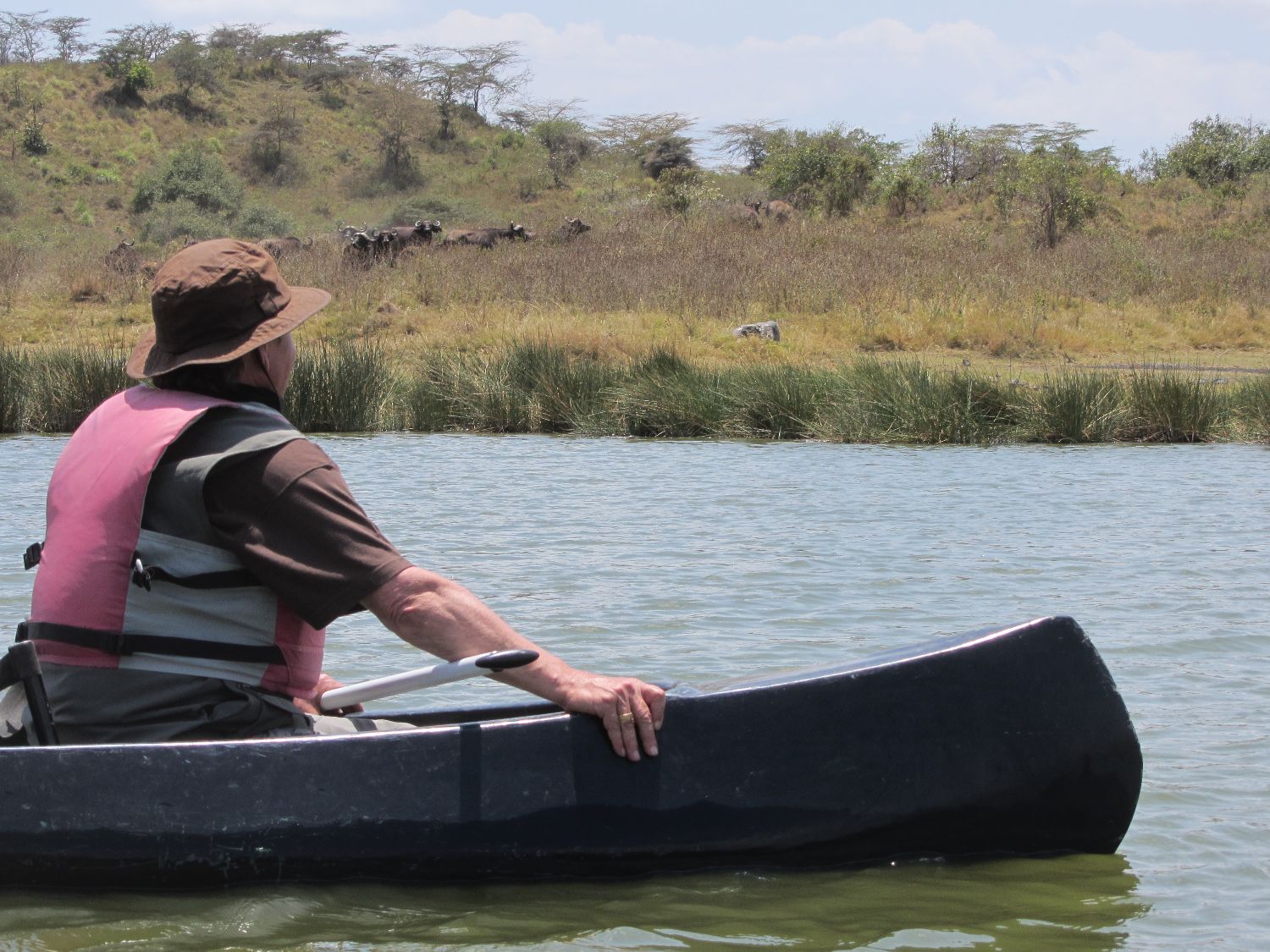
Horseback riding
Horseback trails have been established and can be combined with overnight stays in camps within the Park (but not the horses). By prior arrangement.
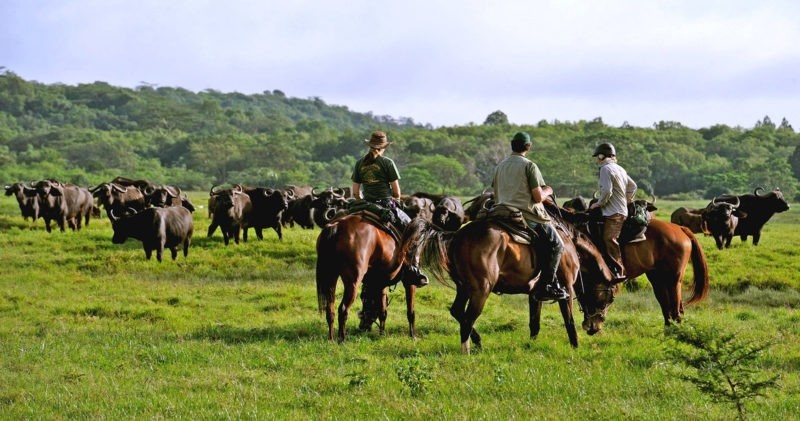
Bird watching
The Park has more than 450 birds species including both resident and migratory birds. At Small Momella and Longil lakes, both water and non-water birds can be easily sighted.
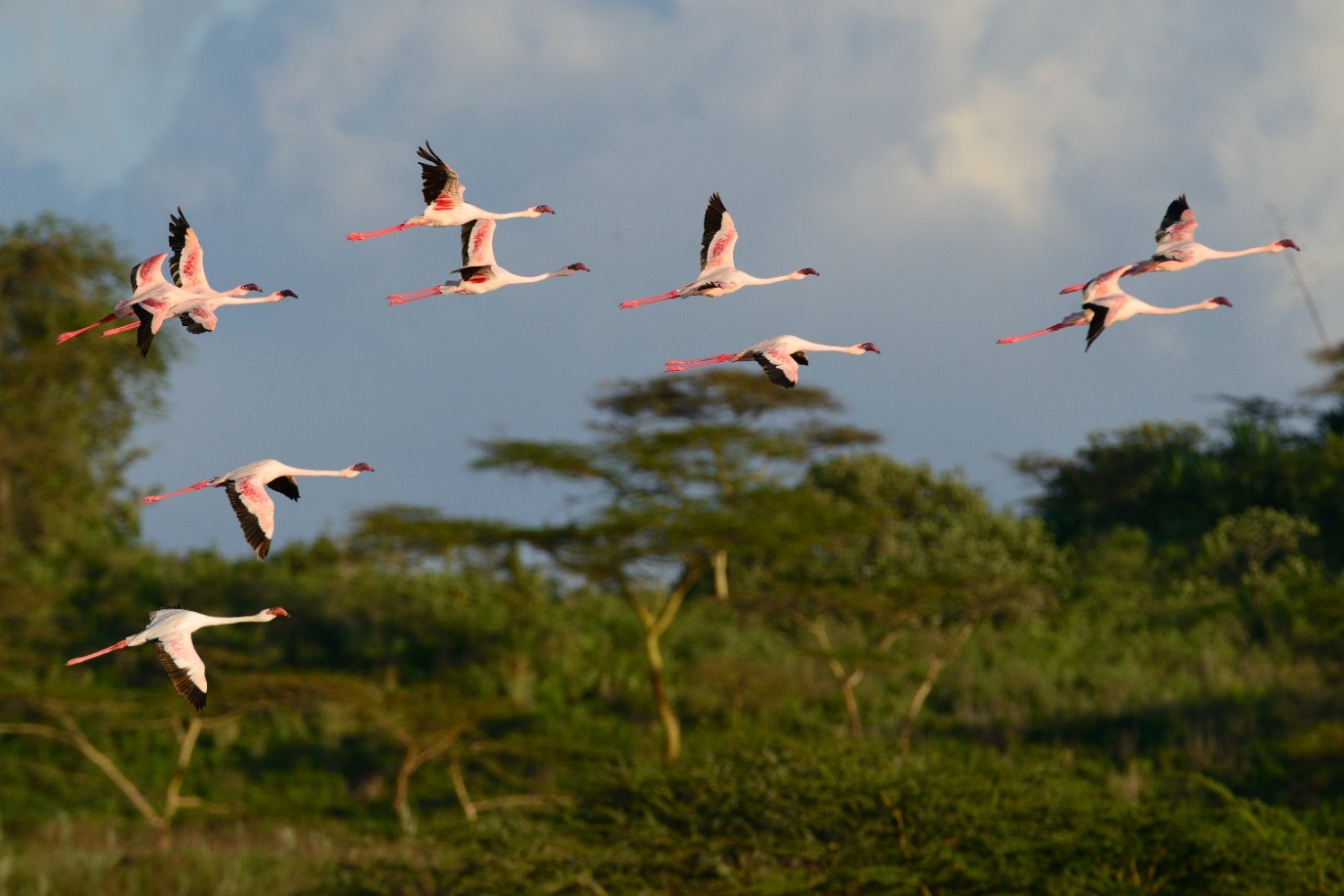
Animals in Arusha National Park
Baboon
Common
Buffalo
Common
Giraffe
Common
Hyena
Common
Zebra
Common
Frequently Asked Questions about the Arusha National Park
Arusha National Park is in northern Tanzania, just 25 km (15 miles) from Arusha city and near Kilimanjaro International Airport. It's one of the most accessible parks in the country, making it perfect for day trips or the start of a northern safari circuit.
The park is home to a wide variety of wildlife, including giraffes, zebras, buffaloes, warthogs, blue monkeys, colobus monkeys, and flamingos. While lions and elephants are rare here, the park offers excellent birdwatching and chances to see leopards and hyenas occasionally.
Yes, Arusha National Park is ideal for a half- or full-day safari. Its proximity to Arusha city allows visitors to enjoy diverse landscapes and wildlife in just a few hours — including forest, savannah, lakes, and the scenic Mount Meru.
Key attractions include Ngurdoto Crater (known as the "Little Ngorongoro"), Momella Lakes with seasonal flamingos, lush mountain forests, and Mount Meru. The park’s diverse landscapes support a wide range of flora and fauna.
Yes, walking safaris are one of the highlights here. Guided by armed rangers, you can explore the park on foot and experience the ecosystem up close — spotting giraffes, buffaloes, monkeys, and birds in their natural environment.
